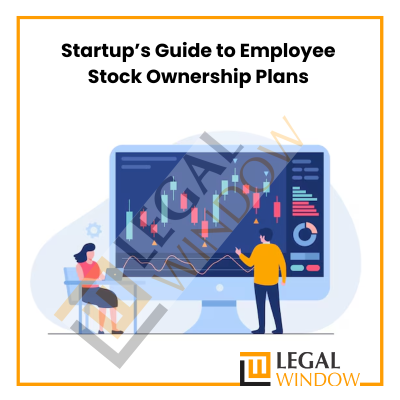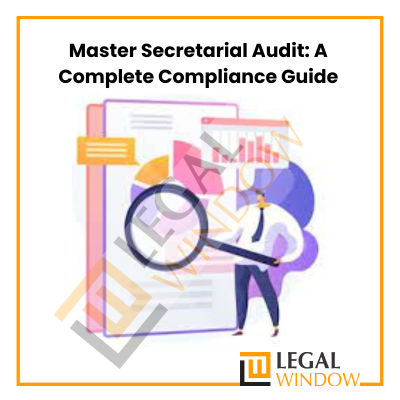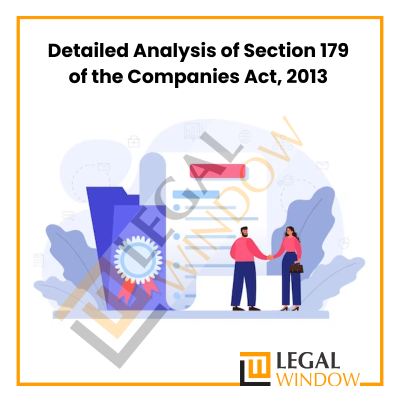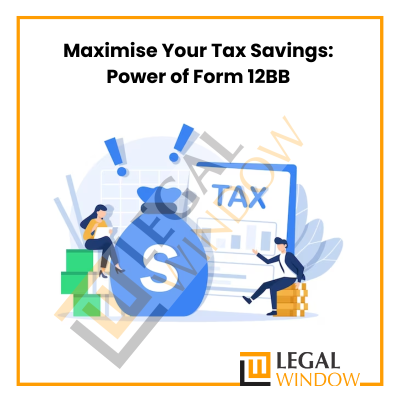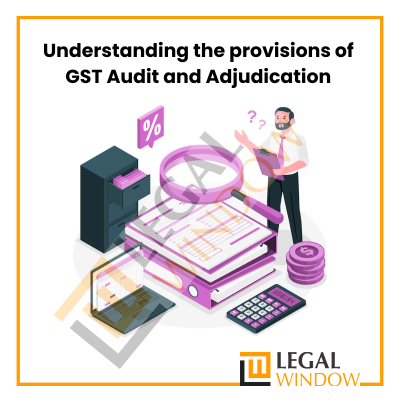Employer’s Guide to PF Implementation, Compliance & Employee Tax Impact
- April 8, 2024
- Income Tax
If you are an employer, then it is significant to know effectively about the implementation of (PF) Provident fund compliance regulations. It is important not only for provident fund compliance but also for fostering a healthy employer-employee relationship. The PF scheme is a cornerstone of social security in various countries, ensures about the financial security for employee’s post-retirement. However, navigating the execution of PF compliance for employers is complex, and its impact on employee taxes can be daunting. The Legal window article make you easier to understand and aims the process for employers, providing insights into PF execution, compliance requirements, and associated tax implications for employees.
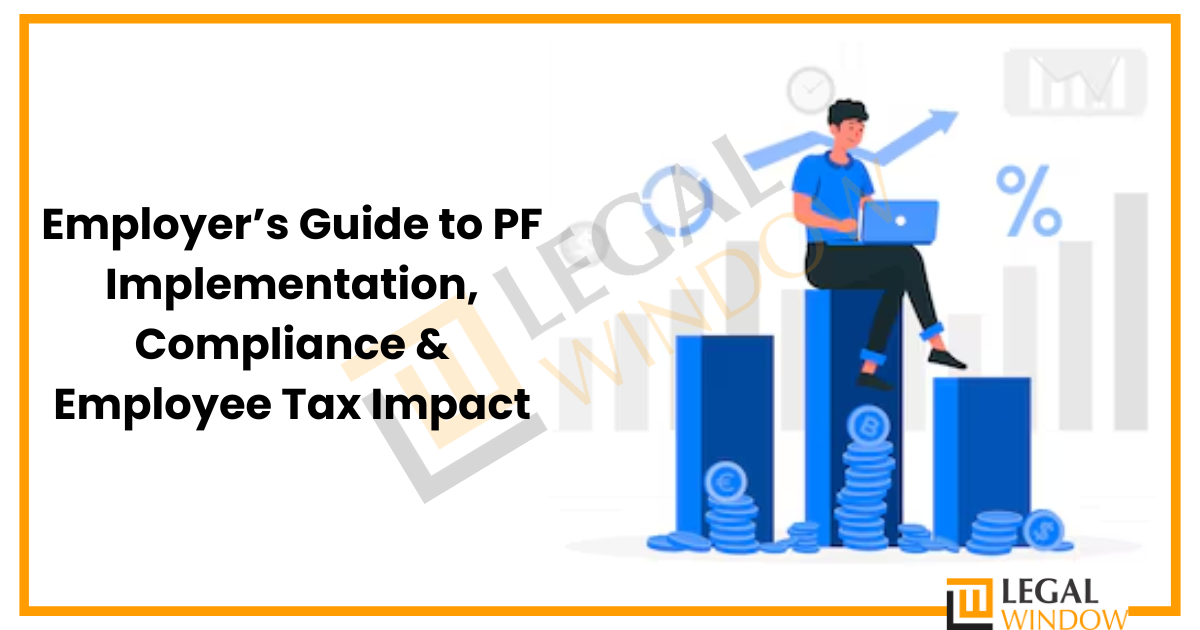
| Table of Content |
Overview on Employee Provident Fund (EPF)
The Employee Provident Fund is generally referred as Provident Fund (PF) is a government compulsory savings scheme enforced to give financial security and retirement benefits to employees. It is a social security starts with the objective of ensuring the employees have a financial security when they retire.
The primary aim is to make a retirement simpler for employees, so that they can take the amount at the time of retirement or under certain situations like disability, or resignation. There is an option to withdraw the EPF savings, whenever employees want to either partially or fully, according to the rules and regulations stating in the scheme.
Under the said scheme, both the employer and the employee create regular contributions in the fund. These contributions are generally a percentage of the employee’s salary and are deposited into a dedicated pf account.
Basics and applicability of provident fund compliance
There are certain applicability’s of provident fund compliance, such as EPF is applicable to companies which have 20 or more than 20 employees. Employee and employer has contributed in the employee’s EPF wages is 12%, along with 8.33% of the employer’s contribution going to the Employee Pension Scheme (EPS) and remaining 3.67% to EPF, and employees amount of total 12% goes to EPF contribution.
Contribution in EPF and EDLI i.e. cost to employer
The contribution from employers is 12% of Rs. 15,000 in EPF, with a choice of voluntary contributions. The liability of employer is to Rs. 1800 maximum, in case any one of them require to opt higher PF contribution, then they must be agreed for this.
Employee Deposit Linked Insurance also know for EDLI contributions if 0.50% shall be restricted to Rs. 15,000 salaries, apart from PF wages. Furthermore, the EPS/ EPF contribution, employer have to produced the admin charges, which is Admin PF charges 0.50% of PF wages.
Applicability on Employees
The EPF is compulsory for employees with a gross salary, which also includes the HRA and up to Rs 15,000. In case the employees having gross salaries exceeding of Rs. 15,000 can opt out in case they haven’t previously opted for PF or having 1st job.
Rules of EPF Withdrawal
If an employee reaches the 58 years old, then 100% PF can be withdrawn, or if premature death, or in case two months of unemployment or more. There are certain conditions, when partial PF can be withdrawn such as medical emergencies, education, etc. up to specific percentage of EPF amount by meeting particular scenarios.
Investment: The PF is considered as the one of the safest long-term investment and savings of retirement with. tax benefits. The interest rate of EPF is for reviewed year wise and was 8.15% for financial year of 2022-23. It is compounded yearly. Contributions in EPS do not earn any interest, however, offer a pension after the age of 58 years.
EPF/PF taxation: EPF is model of EEE investment, which is pf exemption limit for employee during the investment, maturity, and interest. But some situations may affect the employee’s tax liability such as:
- EPF interest has exceeded from the financial year of 2021-2022 is of Rs 2.5 Lakhs/ Rs 5 Lakhs in case employer hasn’t deposited.
- Interest earned on EPF is taxable in case the account is co-operated based on the member’s slab rate.
- Employer’s contribution on EPF exceeding Rs 7.5 Lakhs per year is taxable in hands of the employee.
End Notes
At the end but not least, directing the provident fund compliances, execution and know about their effect on employee’s tax is significant for employers to revel their obligations and foster a positive work environment. Through this comprehensive guide, the Legal Window team provided the provident fund compliance management, giving insights and practical tips to update procedure and make sure to accomplish compliance. If in case you have any queries related to the EPF and its compliances, kindly connect with the team of professionals of Legal Window.
LegalWindow.in is a professional technology driven platform of multidisciplined experts like CA/CS/Lawyers spanning with an aim to provide concrete solution to individuals, start-ups and other business organisation by maximising their growth at an affordable cost. Our team offers expertise solutions in various fields that include Corporate Laws, Direct Taxations, GST Matters, IP Registrations and other Legal Affairs.
Categories
- Agreement Drafting (23)
- Annual Compliance (11)
- Change in Business (36)
- Company Law (148)
- Compliance (89)
- Digital Banking (3)
- Drug License (3)
- FEMA (17)
- Finance Company (42)
- Foreign Taxation (6)
- FSSAI License/Registration (14)
- GST (118)
- Hallmark Registration (1)
- Income Tax (199)
- Latest News (34)
- Miscellaneous (164)
- NBFC Registration (8)
- NGO (14)
- SEBI Registration (6)
- Section 8 Company (7)
- Start and manage a business (21)
- Startup/ Registration (128)
- Trademark Registration/IPR (40)
Recent Posts
- Startup’s Guide to Employee Stock Ownership Plans April 29, 2024
- Master Secretarial Audit: A Complete Compliance Guide April 27, 2024
- Farmer Producer Companies-Major provisions under Companies Act April 26, 2024
About us
LegalWindow.in is a professional technology driven platform of multidisciplined experts like CA/CS/Lawyers spanning with an aim to provide concrete solution to individuals, start-ups and other business organisation by maximising their growth at an affordable cost.

